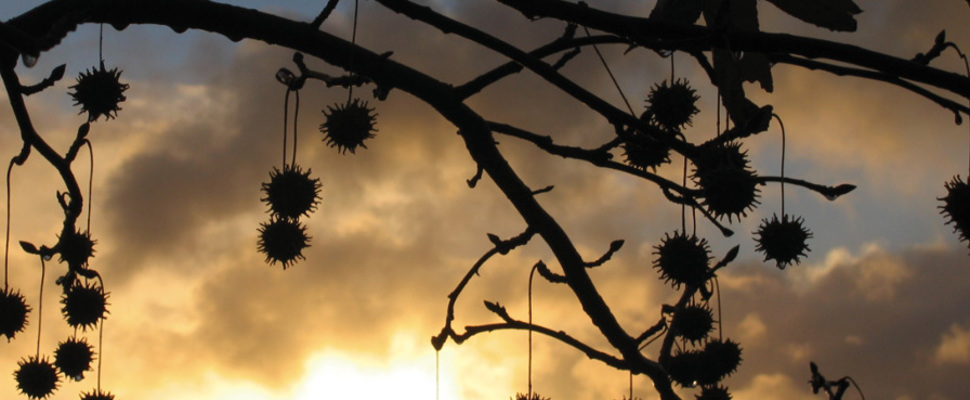
June
June is the start of winter. Growth slows due to less sunlight but there is still work to be done.
In June, winter has arrived, and the pace of gardening slows. Now is a good time for tidying and planning.
Aside from planning for spring, there is still planting, pruning, dividing, composting and generally tidying up garden beds. Weed growth will be slow, but it is a good time to mulch soil to retain the moisture levels before the dry, hot months arrive again.
What to plant
Edible garden
- Prepare beds for garlic by working in compost. Start planting cloves now, complete final planting before the Shortest Day. It needs six months in the ground before harvesting in midsummer. If you are splitting up a whole garlic bulb to get the cloves, take care not to damage the base of the clove, and plant them pointy end up! Garlic bulbs are available at garden centres or supermarkets. Look for those grown in New Zealand as imported garlic often does not sprout.
- Broccoli, cabbage, cauliflower and kale tolerate the cold and can still be planted. However, do not expect them to grow very quickly.
Flower garden
- June is usually too cold and wet for any flower seed to germinate.
- Plant tulip bulbs into free draining soil about 120mm deep in a sunny spot. Position bulbs with the pointy top uppermost.
- Plant sweet pea seed directly into the garden adjacent to a trellis or other structure they can climb up. Prior to planting, work generous quantities of compost into the soil.
What to harvest
- Grapefruit, lemons, limes, mandarins and oranges along with tamarillos.
- Lots of leafy vegetables are becoming ready for harvest.
Shrubs & Perennials
- Many perennials decline in vigour and flowering unless divided every few years, particularly deciduous types that die back to ground level in winter such as asters, rudbeckias, monardas etc.
- Divisions taken from the outside of the old plant clump are best for replanting.
- Dig up the whole clump and prise divisions from the outside of the clump.
- Before replanting, work compost into the planting site. Plant the new clumps in their new location with their crown just below the surface.
- Roses can be planted now, particularly field-grown plants that become available in winter. Add compost and sheep pellets to garden beds before planting new roses. Planting in winter allows roses to get their roots well established before the warmer months of summer.
Trees
- Winter is the best time to plant trees. Bare-rooted, field-grown trees become available for purchase now. Ensure you keep the root balls moist until you plant. Work ample amounts of compost into the soil before planting and consider staking if it is particularly tall.
- It is common for the root balls of many plants, including trees, shrubs and even
annual s, to be quite dry when obtained from garden centres. Prior to planting, ensure the root ball is thoroughly moistened by watering or immersing it in a bucket of water for a minute or so. You may wish to add some liquid fertiliser to the water. - If choosing a new fruit tree, check out our top fruit trees for Auckland leaflet to get one that will thrive in Auckland’s climate. Also, be aware that some fruit trees need to be planted with others to help with pollination. This way it will help you to get good quality, heavier crops.
Lawns
- During wet winter periods, it is best not to cut your grass too low as this can result in boggy ground. Grass with extra foliage transpires more effectively and grows more vigorously and therefore helps reduce the amount of mud.
 July
July
 August
August
 September
September